Imagine strolling through a sunlit forest, hearing rustles all around you, but seeing absolutely nothing. It’s a reality that might sound like pure science fiction, yet the idea of animals evolving to become invisible in broad daylight is as thrilling as it is unsettling. What if the creatures lurking in the grass, perched on branches, or swimming beneath the waves could simply vanish from sight? This wild concept pushes the boundaries of what we know about evolution, adaptation, and survival in the natural world. As we pull back the curtain on this mysterious phenomenon, prepare to question everything you thought you knew about what it means to truly “see” nature.
The Science of Invisibility: More Than Just Camouflage
When we talk about invisibility, most people picture Hollywood magic or comic book superheroes. But in science, invisibility is a spectrum—ranging from clever camouflage to jaw-dropping biological tricks that truly erase an animal from view. Camouflage relies on blending in, but true invisibility would mean bending, absorbing, or redirecting light itself. Scientists are already studying creatures like the glasswing butterfly, which sports transparent wings, and certain jellyfish that look like floating ghosts. The leap from camouflage to real invisibility isn’t just a step, it’s a quantum leap—and one that would revolutionize how animals interact in the wild.
Nature’s Masters of Vanishing: The Closest We’ve Seen
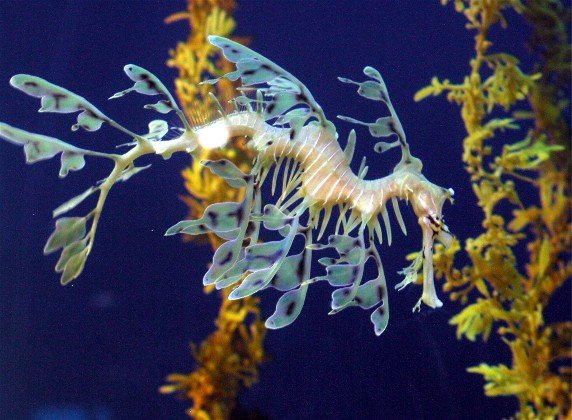
Some animals already come shockingly close to being invisible. Think of the leafy sea dragon, which looks exactly like drifting seaweed, or the glass frog with its see-through belly. Even the octopus, with its color-changing skin and ability to mimic textures, can disappear before your very eyes. These creatures give us a glimpse of what true invisibility might look like in nature—except they’re still detectable if you look hard enough. The idea of animals evolving to become completely invisible, especially in broad daylight, takes these adaptations to an entirely new and potentially unsettling level.
How Would True Invisibility Work?
True invisibility would require animals to manipulate light in ways that go far beyond mimicry. One possibility is biological cloaking, where the animal’s skin or outer layers bend light around its body, much like a sci-fi “invisibility cloak.” Another is transparency, where tissues become so clear that light passes straight through, rendering the animal invisible. Scientists are also exploring the concept of “active camouflage,” where specialized cells change not just color, but also reflectivity and brightness, matching the surrounding light perfectly. Each of these methods would demand radical changes in biology and chemistry—evolutionary leaps that are hard to imagine, but not entirely out of reach.
The Predator-Prey Arms Race: Who Wins?
If animals could become invisible at will, the eternal battle between predator and prey would be shaken to its core. Predators that can sneak up on their prey without being seen would have a massive advantage, but if prey species developed the same trick, the playing field would level out. This could lead to an evolutionary arms race, with animals constantly developing better ways to detect the invisible, perhaps using heat, sound, or even electric fields. The forest, savanna, and ocean would become battlegrounds of senses beyond human comprehension—a silent, hidden war waged in broad daylight.
The Impact on Animal Behavior and Social Structures
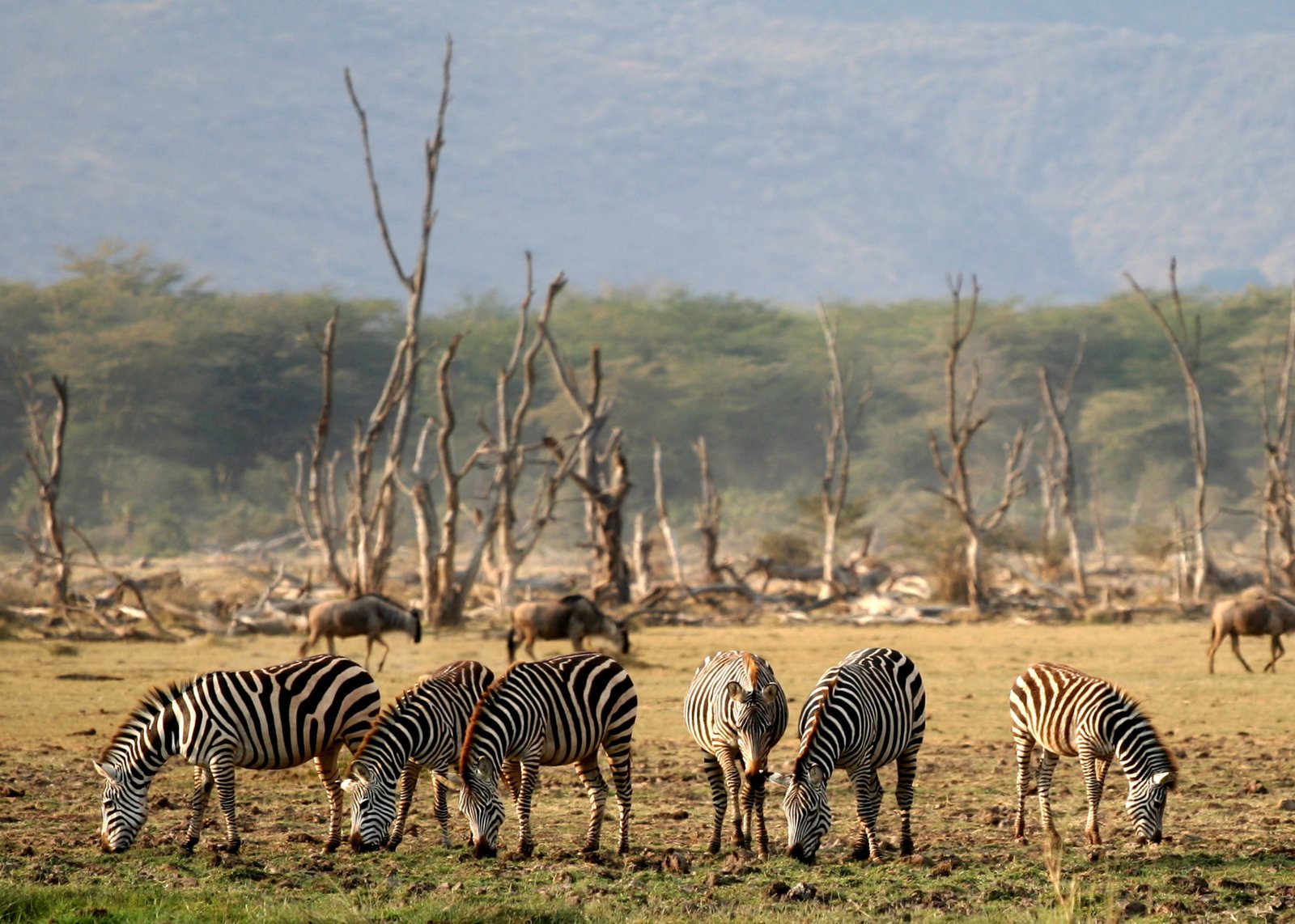
Invisibility would not just help animals hunt or hide—it could transform social interactions completely. Imagine herds of invisible zebras, impossible to count or track, or birds that flock together but are never seen. Mating rituals, territorial disputes, and even parental care would need to adapt, as visual signals become useless. Animals might rely more on sound, scent, or touch to communicate and coordinate. The very fabric of social life in the animal kingdom would be rewoven, with invisibility as a central thread.
Evolution’s Price: What Would Animals Lose?
Every evolutionary gain comes with a trade-off. To become invisible, animals might need to sacrifice other abilities. Transparency could make tissues more fragile, leaving animals vulnerable to injury. Manipulating light might demand huge amounts of energy, making it harder to survive in environments where food is scarce. And if animals become invisible, they might lose the ability to use color for warning signals, attracting mates, or intimidating rivals. Evolution is always a balancing act—gain invisibility, but what do you give up in return?
Technological Inspiration: Bio-Invisibility in Human Hands
The idea of invisibility isn’t just a dream for animals—humans are racing to create it too. Scientists are developing “metamaterials” and special fabrics that bend light, inspired by creatures like the octopus and glasswing butterfly. These innovations could revolutionize everything from military technology to medical imaging. But as we chase nature’s secrets, we’re reminded that evolution is the original inventor. The more we learn about how animals might become invisible, the closer we get to turning fantasy into reality.
Environmental Impacts: An Ecosystem in Disarray?
If invisibility became widespread, entire ecosystems could be thrown into chaos. Predators might overhunt, invisible prey might multiply unchecked, and traditional food webs could unravel. Pollinators that vanish from sight might struggle to communicate with flowers, while plants that depend on visual cues for seed dispersal could face extinction. Nature is a delicate web, and pulling the thread of visibility could unravel connections we don’t even realize exist.
The Limits of Invisibility: Senses Beyond Sight
Even if animals became invisible to the eye, many predators use other senses. Bats hunt by echolocation, snakes “see” heat, and sharks detect the faintest electric fields. Invisibility in broad daylight would only offer protection against sight-hunters, not those with supercharged alternative senses. Evolution might drive animals to develop new forms of “counter-invisibility”—perhaps masking heat signatures or muffling sounds—to beat the next wave of detection.
Real-World Examples: Transparent and Reflective Species
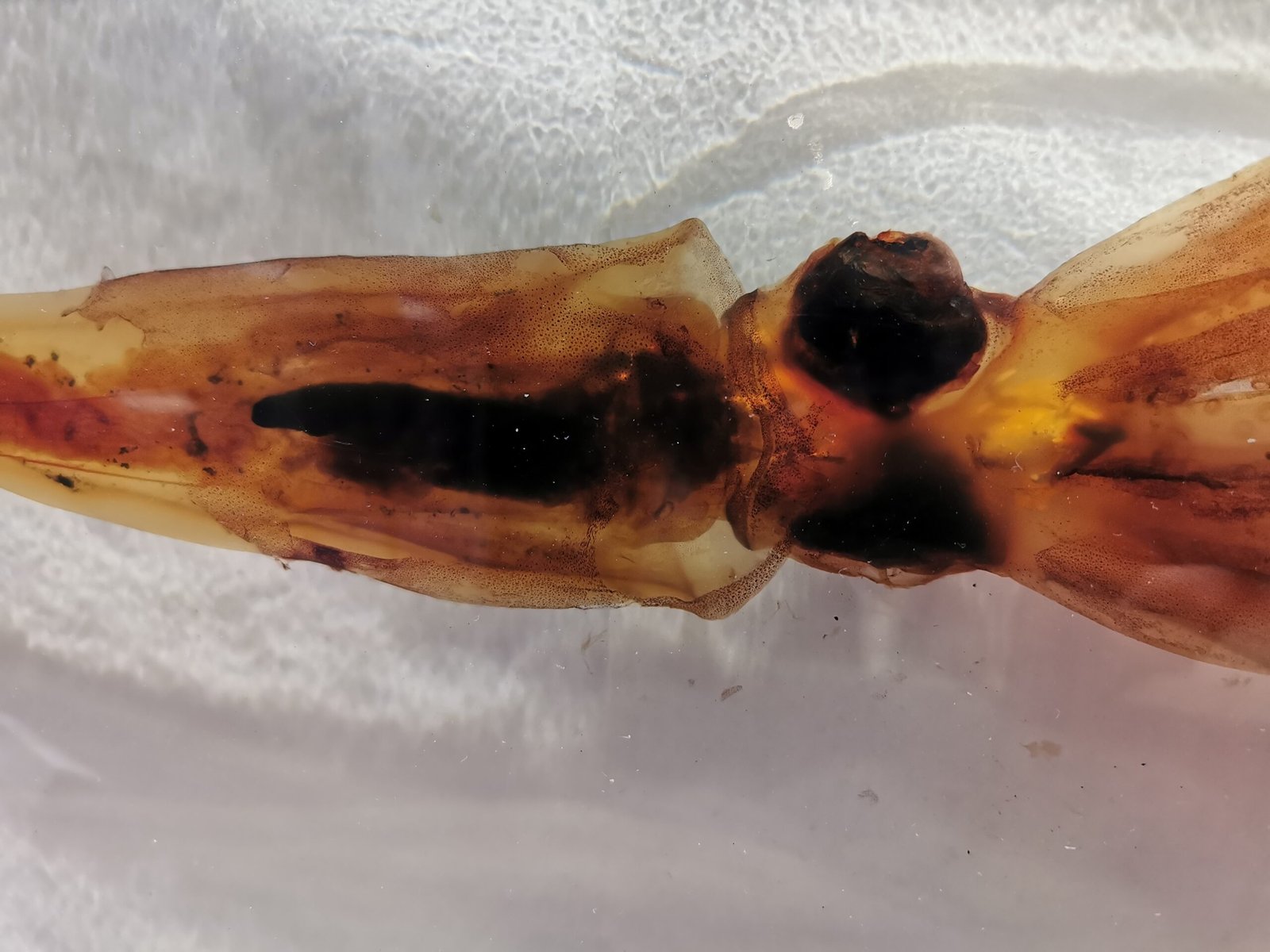
The natural world already hints at invisibility’s potential. The glass squid floats in the ocean with almost no shadow, while the mirrorwing fly’s wings reflect sunlight perfectly, making them disappear against the sky. Even some deep-sea fish have skin that reflects light in a way that erases their outlines. These examples show that nature is already experimenting with the building blocks of invisibility, especially in places where being seen means certain death.
The Role of Light: Physics in the Animal Kingdom
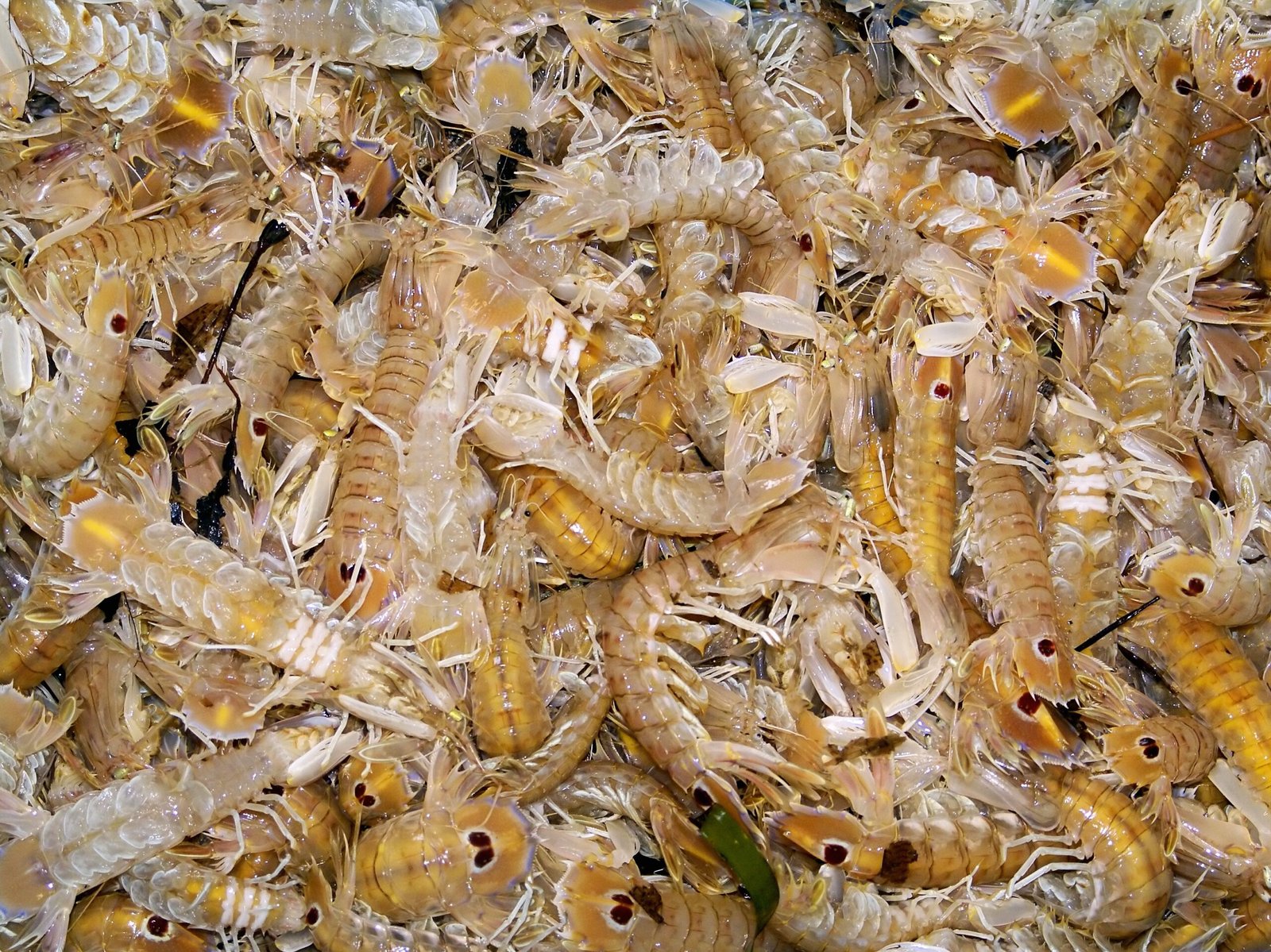
Light is the key to visibility. For animals to become invisible in broad daylight, they’d need to master the physics of light—wavelength, reflection, refraction, and absorption. Some creatures, like the mantis shrimp, already see a broader spectrum of light than humans. If animals evolve to manipulate these properties, it could change not just how they look, but how they experience their entire world. The forest would become a theater of light tricks and optical illusions, hidden from all but the most perceptive eyes.
Genetic Pathways: How Could Invisibility Evolve?
The leap to true invisibility would likely require dramatic genetic changes. Scientists have discovered genes in jellyfish and other transparent animals that control pigment and tissue structure. If similar mutations occurred in other species, they could set off a chain reaction, making invisibility more common. However, evolving such traits would take countless generations, and only if the benefits outweighed the costs. Evolution is a patient sculptor, and invisibility would require a masterpiece of genetic engineering.
Potential for New Species: The Rise of the Invisible
Should invisibility become widespread, it could lead to the emergence of entirely new species. Invisible animals might evolve unique behaviors, diets, and habitats, carving out ecological niches that visible creatures could never occupy. Over time, we might see the rise of a hidden animal kingdom, living in parallel with the world we know—unseen, unsuspected, and endlessly mysterious.
Human Perception: Would We Even Notice?
If animals became invisible, would we even realize they’re there? Our eyes are tuned to spot movement and color, but if those cues vanished, whole populations could slip past our notice. Scientists might struggle to track invisible species, conservationists could lose sight of endangered animals, and ordinary people would walk through forests and fields teeming with unseen life. Our connection to nature depends on our ability to see it—what happens when that sight is taken away?
The Future of Wildlife Conservation
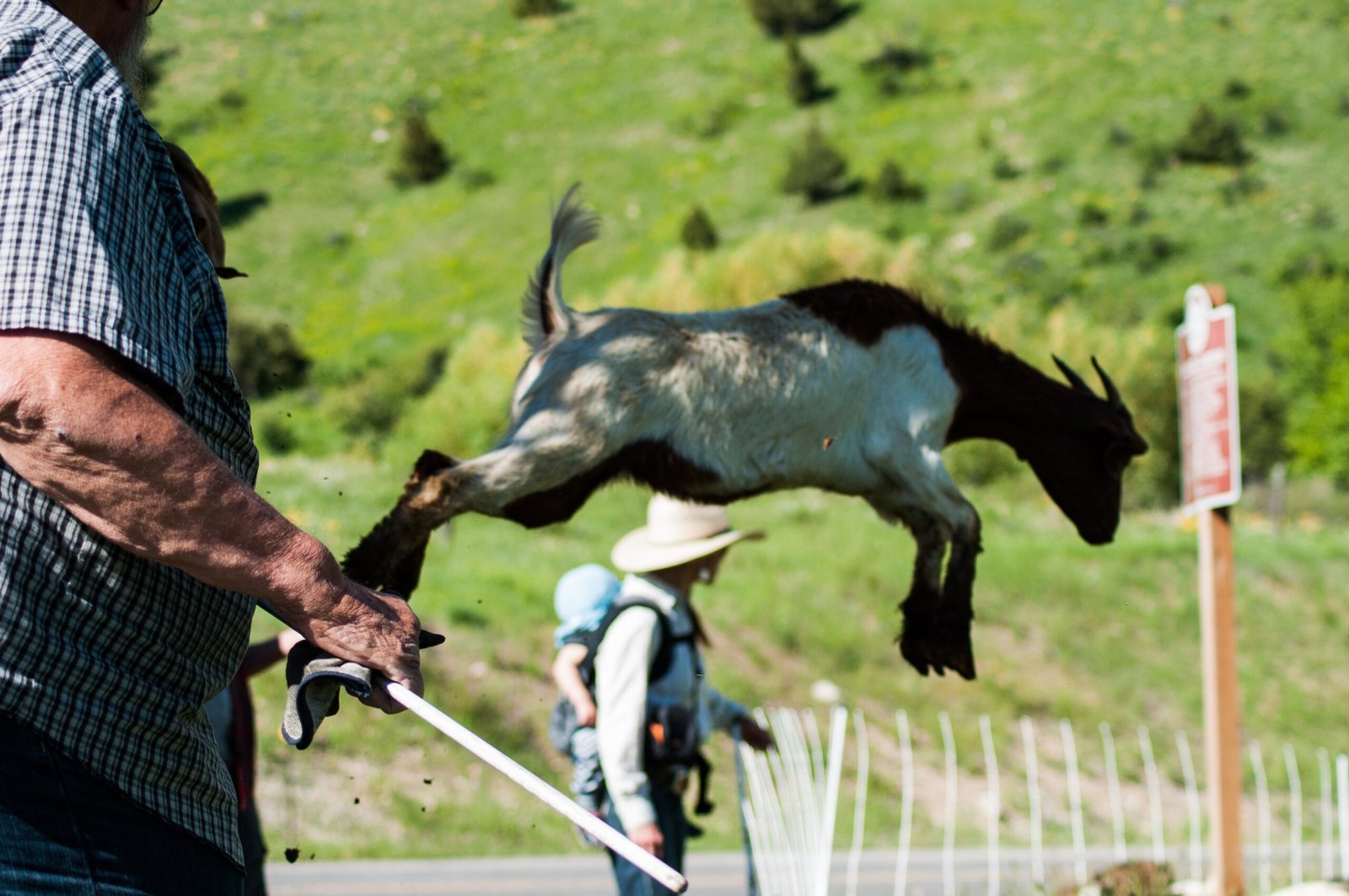
Conserving invisible species would present new challenges. Without reliable ways to see or count these animals, protecting them becomes much harder. Conservationists might turn to new technologies—infrared cameras, sonar, or chemical sensors—to track invisible wildlife. This would require a rethinking of how we study and protect biodiversity, pushing us to invent new tools for a world we can no longer see with our own eyes.
Ethical Questions: Should We Make Animals Invisible?
If science finds a way to grant invisibility—through genetic engineering or technology—should we use it? There are arguments for and against. Making endangered animals invisible could protect them from poachers, but it might also disrupt ecosystems and blur the lines of natural evolution. The power to hide life from sight is enormous, and with it comes responsibility. We must ask ourselves not just what we can do, but what we should do.
Invisibility and Human Imagination: From Myth to Reality
Stories of invisibility have haunted human imagination for centuries, from ancient folklore to modern fantasy. Now, as science edges closer to making the impossible possible, we’re faced with the thrilling—and terrifying—prospect of these stories coming true. The line between myth and reality blurs, and we’re forced to question what it really means to see, to know, and to understand the living world.
New Frontiers in Evolutionary Biology
The evolution of invisibility would open new frontiers in biology, forcing scientists to rethink the rules of adaptation and survival. It would challenge our understanding of natural selection, genetic drift, and the limits of biological innovation. The invisible animal could become a symbol of evolution’s power to surprise us, reminding us that life is always stranger—and more marvelous—than we can imagine.
A World Forever Changed: The Invisible Revolution
If animals evolved to become invisible in broad daylight, the world would never look—or feel—the same. Our sense of safety, wonder, and connection to nature would be shaken. The idea is both inspiring and unsettling, a reminder that the natural world is full of surprises just waiting to be discovered. Would you dare to walk through a forest alive with invisible eyes, knowing that the greatest wonders are the ones you can’t see?




